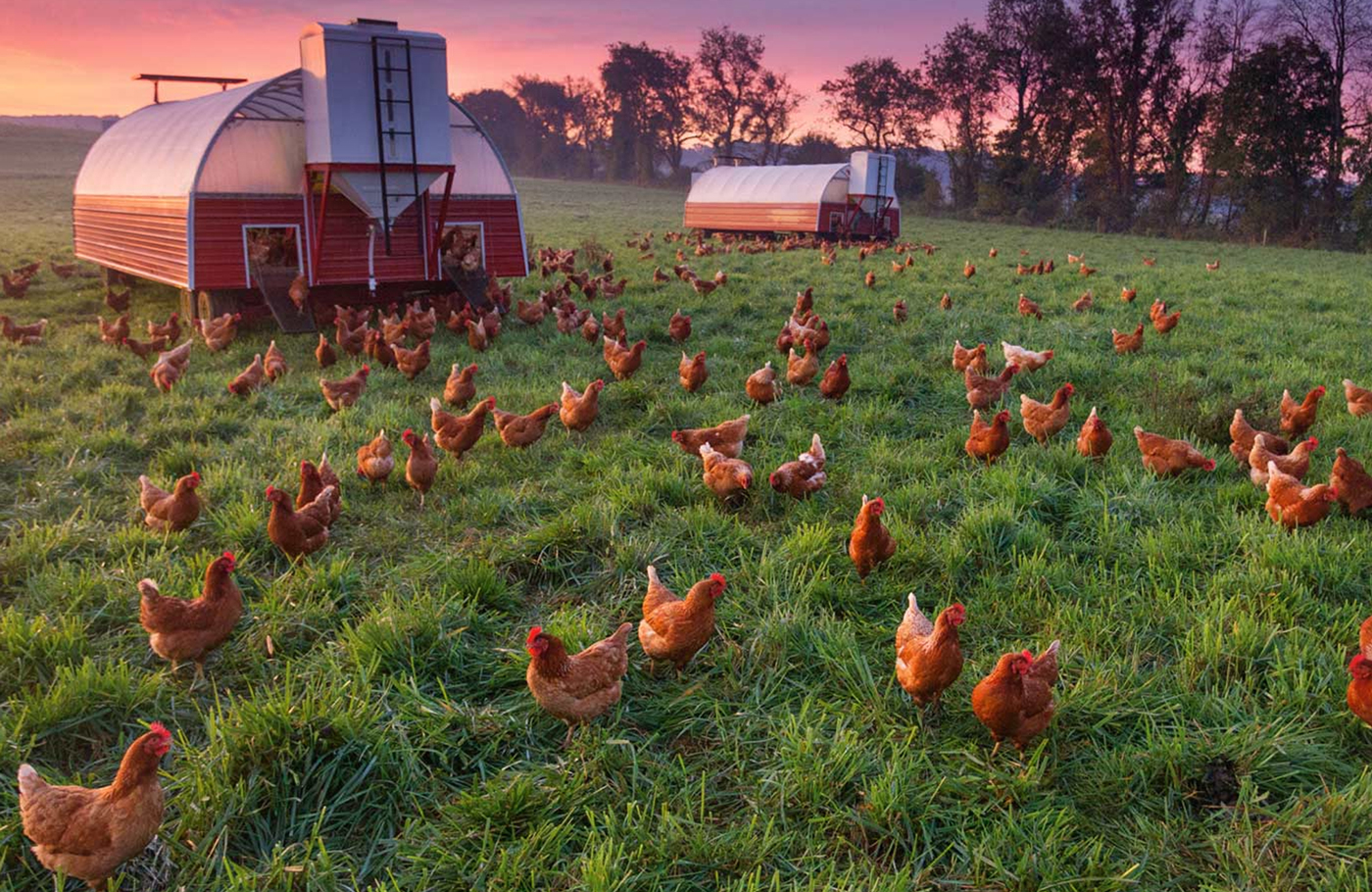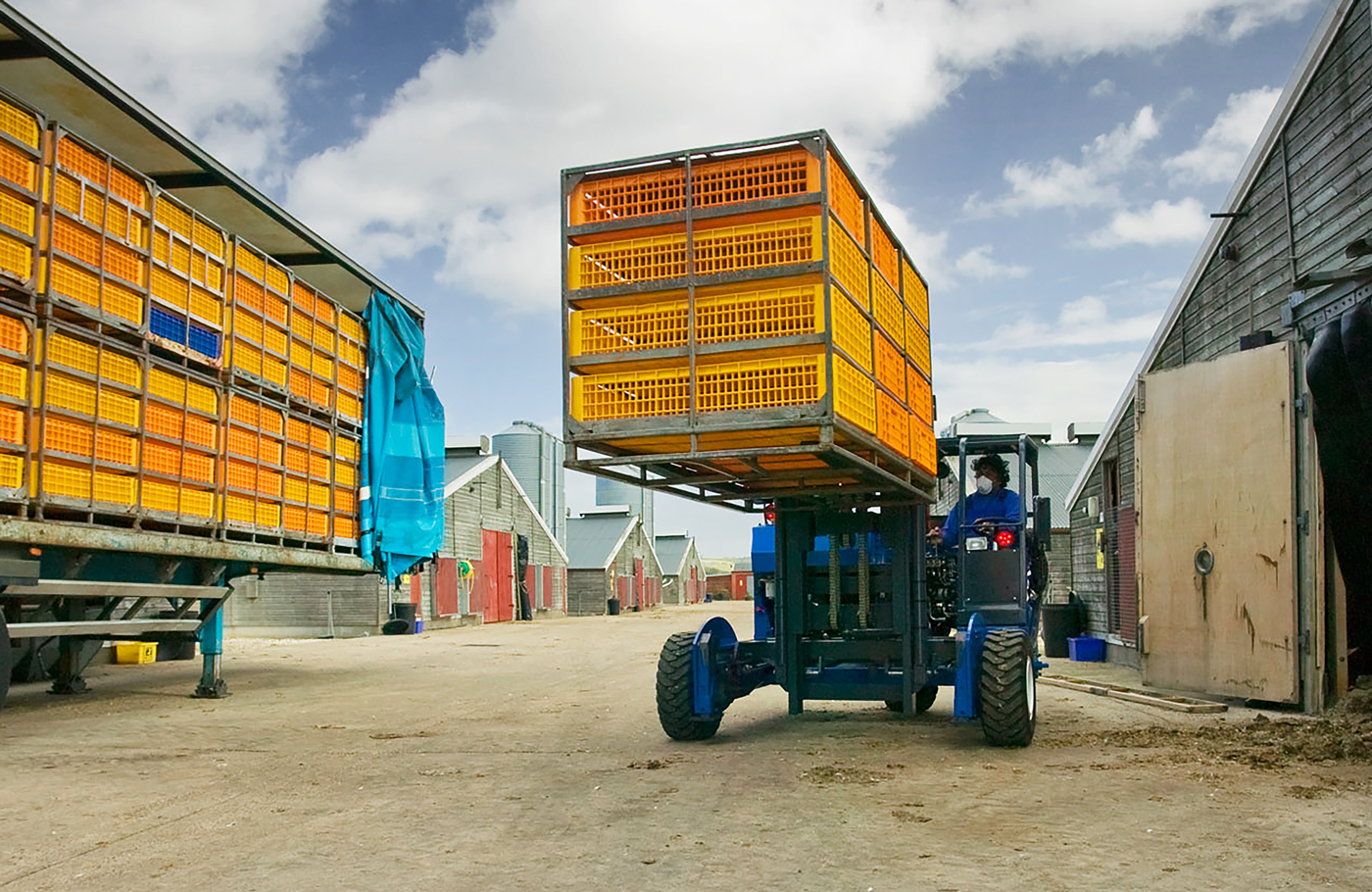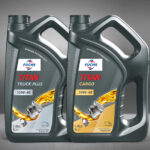A feather in the cap
A feather in the cap
We work our equipment hard in Africa; unbelievably hard, in the opinion of some international experts, as JIM WARD discovered…
After five weeks travelling around Europe on a knowledge-seeking mission – visiting poultry operations, equipment manufacturers, farms, and processing plants in Holland, Spain, France, and Britain – it was clear to me that South Africa already had a highly efficient and competitive poultry industry. In 2015, South Africa’s feed conversion ratio (FCR) was the best among 16 countries, including nine in Europe, as well as Ukraine, Brazil, and the US. In terms of meat production per kilogram of feed, SA was competing with the global best.
Several far-reaching decisions about new equipment flowed from that extensive trip, one of which involved the largest single order of a specific poultry handling machine ever received by the local distributors. Over time, we developed a local specification for these machines, improving on what was already a superior design and bettering its already remarkable ability to handle the specific environment of broiler houses: elevated temperatures, corrosive deep litter, dust ingress, and high engine hours.
Specialised poultry handling equipment is produced in several countries, with the US, Brazil, Holland, Italy, and Ireland leading the way. What few manufacturers overseas realise is that, in this market, purchasing equipment priced in euros or dollars makes it extremely costly; the equivalent purchase price in rands is punitive. While operators in the US often replace machines every two or three years, we tend to keep them for much longer. We mitigate the cost burden by working these high-value imports (trucks included) extremely hard, attempting to recoup their high purchase price by extracting the greatest possible working life in the shortest possible time.


In this particular operation, we transported four-and-a-half million broiler birds to processing plants each week. Owing to the non-stop nature and intensity of the operation, the forklifts and skidsteers used in the catching and muck-out process would exhaust their new equipment warranties only 10 to 12 weeks after entering service. In comparison, a standard 1,000-hour warranty equates to a year’s use overseas. This wide gulf demonstrates just how hard our equipment has been utilised. South Africa is now recognised as one of the toughest environments for poultry handling equipment worldwide.
Having arranged specialised technical training and initiated maintenance regimes, intermediate services were completed on farms. Service bakkies hauling fuel and oil were driven around to maintain equipment. The system worked well, and service crews became adept at completing services in the brief downtime periods between farms, often at night. But the machine hours ticked relentlessly upwards. After two years (when an English contractor might be considering trading in a machine with 2,000 hours on it), our units reflected close to 10,000 hours of use. Needless to say, they were becoming heavily worn. Replacements were scheduled every three years – at high hours but hopefully before engine or pump failures.
We soon began wearing out certain components that the local agents had never held in stock and had never previously sold; these were not isolated incidents. Instead, we often required several at once. The lack of stock and long lead times prompted me to contact the manufacturers, who simply could not believe the parts we were ordering; they were normally considered fit-for-life items. They could not fathom why we would want to replace them.
During my previous visit, I had established contacts within the parent company, prompting them to send out their chief engineer for an extended site visit. He was convinced that we must be abusing the machines in some way or other. We had met previously, and I offered to host him and show him our operations. This meant subjecting the national maintenance regime (also my raison d’être) to hostile scrutiny.
It was akin to a technical audit with sharp teeth. We believed we were subjecting their equipment to normal (albeit intensive) use. They, however, apparently believed that aspects of the frequent loading and offloading from low beds, the 24-hour operation itself, or poor machine maintenance practices were at fault for such accelerated wear patterns.
I met my guest at the airport. He was a tall, imposing, very senior, hugely experienced, dour, unsmiling, and rather stern engineer. I let him loose on our operations, with an open invitation to go anywhere and see anything. We had operations in three provinces at the time. I kept in close contact with him, coordinating his trip, and then met him for the last two site visits, showing him around the KwaZulu-Natal and North West provinces.
He scrutinised the machine history files, service records, lubricants used, and spares inventory, and observed the mechanics during services. He jotted down notes and took hundreds of photographs with his ancient digital camera. We survived on garage coffee, takeaways, and Wimpy food, spending many hours together in the field. At the end of his time, we sat down for a final meeting before his flight
A rare smile broke like the dawn over his craggy features, and – in his broad Irish accent – he growled at me: “Sure there’s nothin’ wrong with ye’ maintenance Jim, nothin’ lacking there at all. You’re just workin’ the machines so f**kin’ hard! I’ve never seen anything like it, ever before.”
It was among my proudest hours, to be sure.
Published by
Jim Ward
focusmagsa




